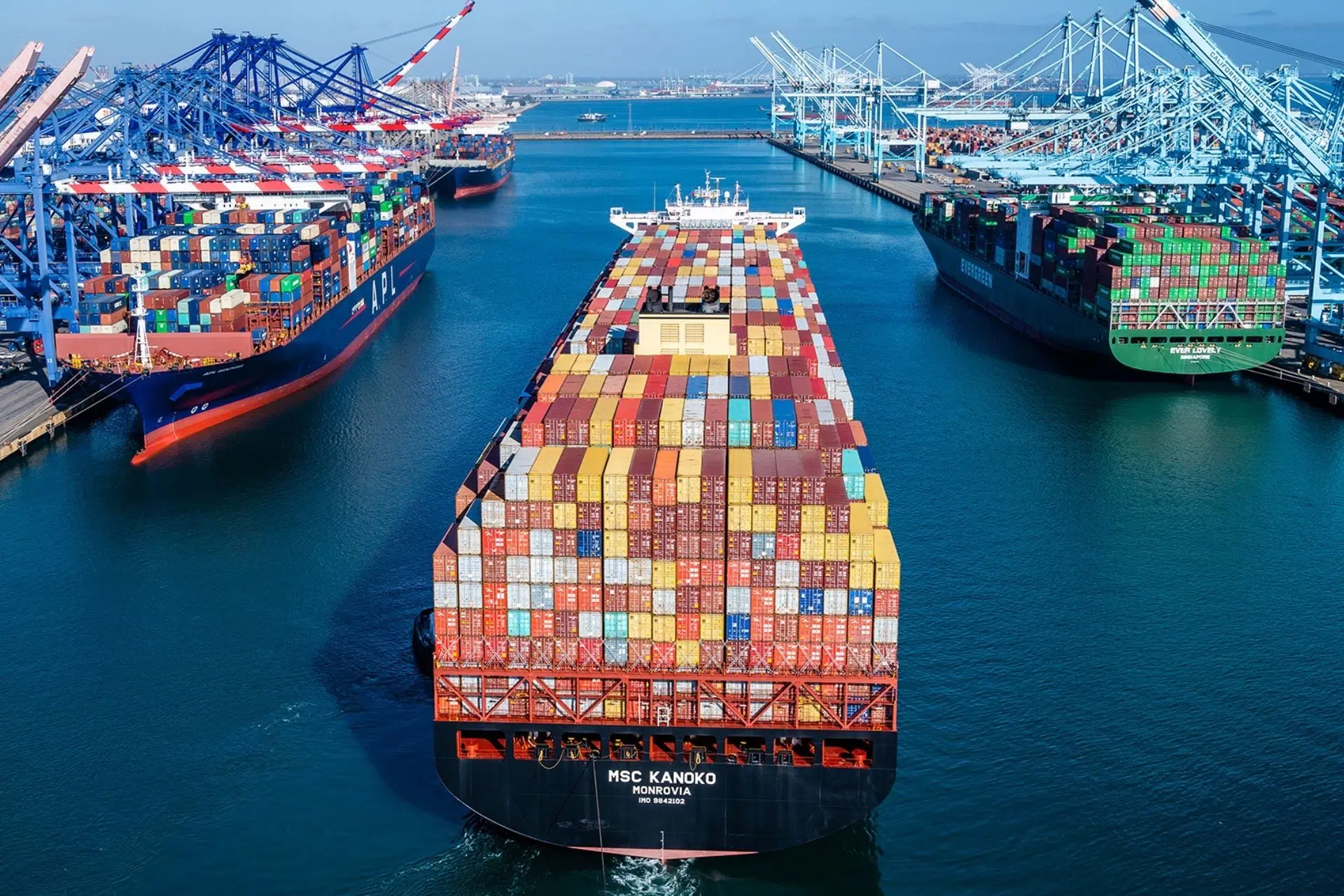December cargo volume at major container ports in the United States should remain significantly below records set earlier this year, according to the monthly Global Port Tracker report released today by the National Retail Federation and Hackett Associates.
Monthly cargo numbers repeatedly broke records in the spring before hitting a new all-time high of 2.4 million Twenty-Foot Equivalent Units – one 20-foot container or its equivalent – in May. However, import volume has fallen since, and Hackett Associates Founder Ben Hackett said current lower imports are the result of retailers balancing inventory built up earlier against slowing consumer demand and expectations for 2023.
U.S. ports covered by Global Port Tracker handled 2 million TEU in October, the last month with reported final numbers, down 1.3% from September and down 9.3% from October 2021.
Although ports haven’t yet reported numbers for the month, Global Port Tracker projected November at 1.85 million TEU, down 12.3% year over year. The figure would be the lowest reported since 1.87 million TEU in February 2021. December is forecast at 1.94 million TEU, down 7.2% from the year-before period.
Based on those numbers, 2022 would see movement of 25.81 million TEU, down just 0.1% from last year’s annual record of 25.84 million TEU.
The forecast for January 2023 is 1.97 million TEU, down 8.8% from January 2022, while the forecast for February is 1.67 million TEU. That would be the lowest since 1.61 million TEU in June 2020 and a 20.9% drop from the month a year previous, when backed-up cargo kept congested ports busy. The outlook for March is 1.91 million TEU, down 18.6% year-over-year and that for April is 1.95 million, down 13.8% from the year-before month.
“Retailers are in the middle of the annual holiday frenzy, but ports are headed into their winter lull after one of the busiest and most challenging years we’ve ever seen,” said Jonathan Gold, NRF vice president for supply chain and customs policy. “We’ve dodged a rail strike and the retail supply chain should be able to easily handle the remaining weeks of the holiday season. But it’s time to settle on a labor contract for West Coast ports and address other supply chain issues that remain so the lull doesn’t become the calm before a storm.”





